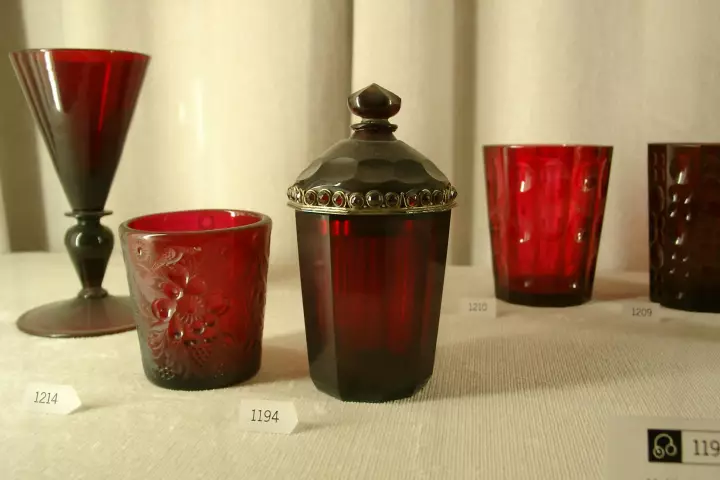Contact Lenses
-
We've looked at many studies and research prototypes demonstrating how contact lenses could be used for more than correcting vision, and a new approval from the FDA has now cleared the way for use of the world's first drug-delivering contact lens.
-
While there are glasses that help compensate for red-green color blindness, the lenses often can't be shaped to users' prescriptions. That's why scientists are developing a new type of corrective contact lens, inspired by old gold-containing glass.
-
While we have already heard about contact lenses that monitor medical conditions, such lenses are often made from non-traditional materials. A new one, however, is composed of the same hydrogel as regular store-bought contacts.
-
It can sometimes be challenging for ophthalmologists, making definitive on-the-spot diagnoses of eye problems. A new "smart" contact lens is designed to help, however, by changing color in response to two common disorders.
-
Although augmented reality (AR) glasses are potentially very useful, they can also be awkward to wear and kind of funny-looking. California-based startup Mojo Vision is developing a sleeker, less-dorky alternative, in the form of an AR contact lens.
-
Although contact lenses may be less awkward than glasses, they do have their drawbacks – among these is the fact that they can cause "dry eye syndrome." Help could be on the way, however, in the form of a self-moisturizing contact.
-
In the age of wearable computers, scientists in the laboratories of DARPA, Google, and universities around the world see contact lenses not as tools to improve our vision, but as opportunities to augment the human experience. But how? And why?
-
Caused by autoimmune diseases, chemical burns, or sometimes even as a side effect of eye surgery, corneal melting is an incurable disease that's a major cause of blindness. It could someday be treated using a contact lens, however, which is currently in the works.
-
Currently, if someone has a damaged cornea (the surface of the eye), it's covered with a "bandage" made from the amniotic membrane of human placentas. While this helps repair the eye, an Australian scientist is developing what he believes may be a better alternative – a wound-healing contact lens.
-
If you've ever tried using eye drops, then you'll know that a great deal of the medication simply ends up being flushed from your eye by flowing tears. Drug-dispensing contact lenses are an alternative, with an experimental new one changing color to verify that it's done its job.
-
Contact lenses may be useful for restoring vision to short- or long-sighted people, but not so much at correcting color blindness. Now researchers from the University of Birmingham have developed a contact lens that can help correct certain kinds of color blindness, thanks to a safe, low cost dye.
-
In the more advanced stages of diabetes, the patient has a real risk of going blind. While there are treatments to help keep this from happening, they're invasive and often painful. There may be new hope, though, in the form of glowing contact lenses.
Load More











